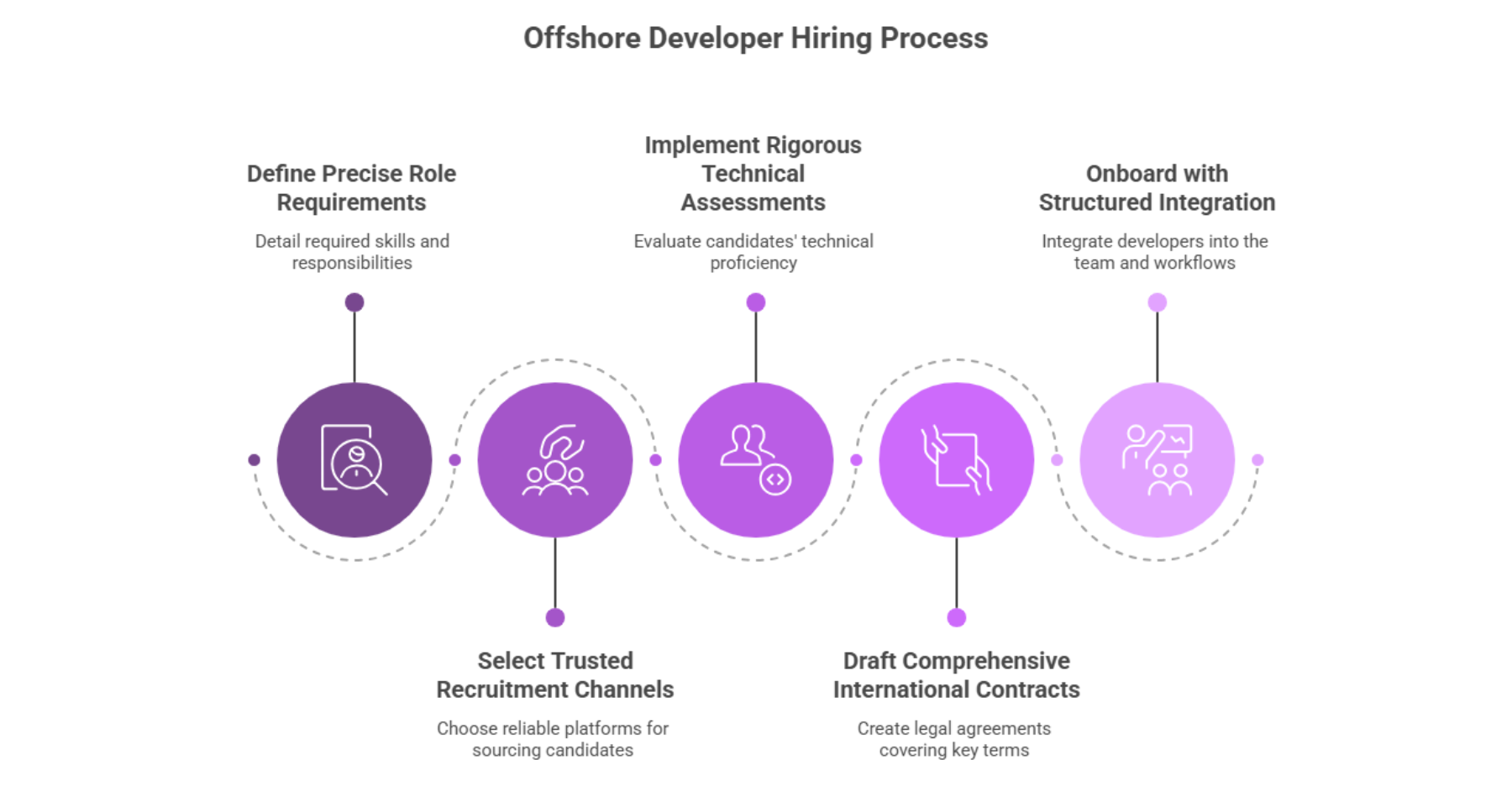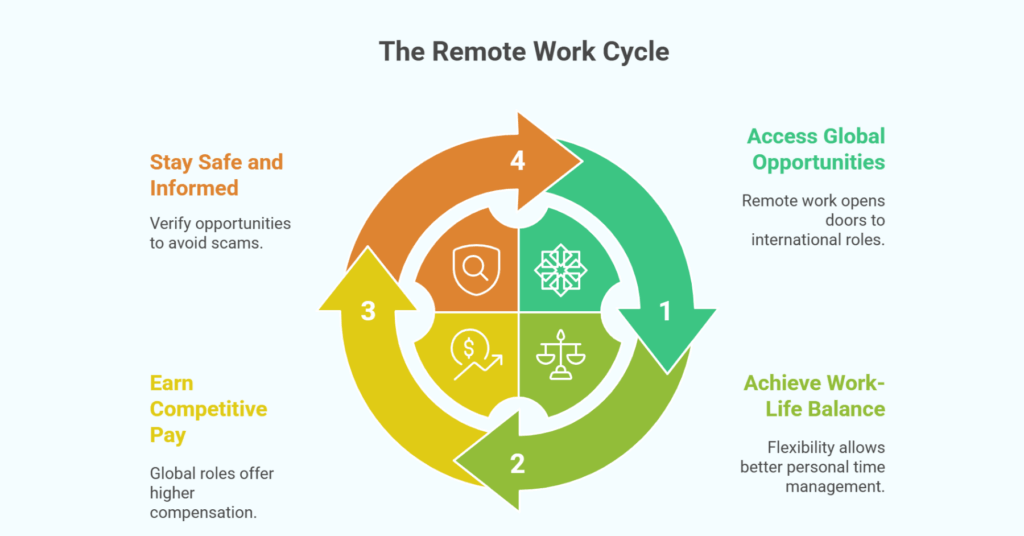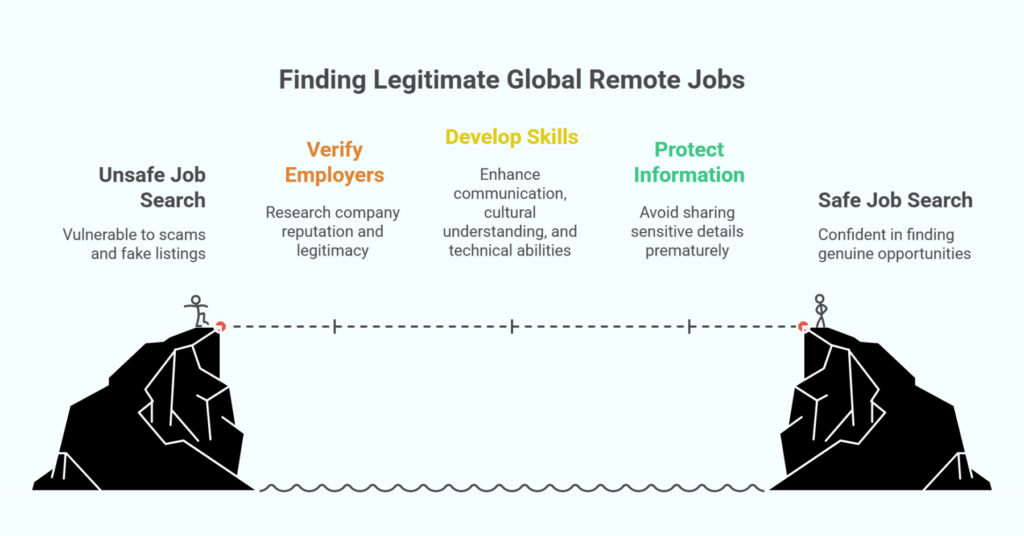“Hire offshore developers to drive cost-effective innovation, accelerate delivery, and bring world-class expertise to your tech projects.”
In today’s tech environment, staying ahead of the curve often means tapping into global talent pools. Hiring offshore developers offers a compelling value proposition: you gain access to world-class expertise at a fraction of local salary rates, enabling cost-effective innovation. Offshore teams bring specialized skills—from AI and machine learning to mobile app development—allowing your company to tackle complex projects without overextending budgets. Moreover, global collaboration unlocks around-the-clock productivity, ensuring continuous progress on critical initiatives.
However, successfully integrating offshore developers requires more than just selecting the lowest bidder. Tech companies must implement rigorous screening, clear communication protocols, and robust project management to maintain quality and alignment with business goals. This guide walks you through the process of hiring offshore developers with a focus on maximizing ROI: defining precise role requirements, sourcing through trusted channels, evaluating technical and cultural fit, structuring compliant contracts, and onboarding effectively. By embracing offshore development strategically, you can accelerate product roadmaps, reduce costs, and foster a culture of innovation that powers your organization’s growth.
1. The Value Proposition of Offshore Developers
Offshore developers deliver innovation, cost savings, and flexibility—key advantages for tech-driven organizations.
-
Accelerated Time-to-Market:
Offshore teams in multiple time zones enable continuous development cycles, meaning while your in-house team rests, offshore developers write code, conduct tests, and fix bugs. This around-the-clock workflow compresses project timelines, allowing you to launch features and products faster than competitors bound by a single time zone. Rapid iteration also fosters more frequent releases, giving you the agility to respond to market feedback and evolving customer needs without delay. -
Substantial Cost Reductions:
Employing offshore developers can lower development costs by 30–70% compared to onshore salaries, thanks to regional salary differentials and reduced overhead expenses. These savings free up budget for strategic initiatives—like UX improvements, marketing campaigns, or research and development—thus maximizing your return on investment. Additionally, lower operational costs for office space, equipment, and benefits further amplify your financial efficiency, enabling sustainable growth even in lean budgetary conditions. -
Access to Specialized Expertise:
Offshore markets often harbor deep pools of specialized talent—ranging from AI engineers and blockchain developers to full-stack and DevOps professionals. This diverse expertise empowers your organization to undertake complex, niche projects without the constraints of local talent shortages. By blending your in-house team’s core competencies with offshore specialists, you create a robust, multifaceted development capability that can tackle emerging technologies and high-demand skill sets effectively. -
Scalable Resource Management:
Offshore staffing offers unparalleled flexibility to adjust your development team size in response to project demands. You can swiftly scale up during product launches or peak seasons and downsize when projects conclude, avoiding long-term employment commitments. This model eliminates idle resources and aligns staffing costs directly with project needs, ensuring you maintain lean operations and prevent budget overruns without compromising project quality. -
Innovation Through Diversity:
A multicultural offshore development team brings a variety of perspectives, problem-solving approaches, and industry best practices from around the world. This diversity fosters creative brainstorming sessions, leading to more inventive solutions and improved user experiences. Exposure to different cultural and technical paradigms encourages your organization to think outside the box and incorporate global design patterns, ultimately delivering products that resonate with an international audience.
2. How to Hire Offshore Developers Effectively
A structured recruiting and onboarding process ensures you maximize the benefits of offshore development.
-
Define Precise Role Requirements:
Begin by detailing required programming languages, frameworks, experience levels, and project responsibilities. Specify soft skills—such as communication, teamwork, and remote collaboration abilities—to ensure cultural fit. Precise role definitions guide recruiters and offshore partners in sourcing candidates who meet both technical and interpersonal criteria, reducing screening time and improving hire quality. -
Select Trusted Recruitment Channels:
Leverage specialized offshore recruitment agencies, global freelancing platforms, and developer communities like GitHub and Stack Overflow. Evaluate each channel’s vetting processes, candidate success rates, and compliance support. A diversified sourcing strategy ensures access to both full-time developers and contract specialists, enhancing your ability to respond to varied project scopes. -
Implement Rigorous Technical Assessments:
Use coding tests, live coding interviews, and portfolio reviews to evaluate candidates’ proficiency. Tools such as HackerRank and Codility offer standardized assessments in algorithms, data structures, and real-world coding challenges. Pair these with scenario-based discussions during video calls to assess problem-solving approach and code quality, ensuring selected developers can deliver high-standard, maintainable solutions. -
Draft Comprehensive International Contracts:
Work with legal experts to craft contracts covering compensation, intellectual property, confidentiality, termination clauses, and local compliance. Clearly define deliverables, milestones, and payment schedules to safeguard both parties. Transparent contracts set expectations, reduce disputes, and establish a foundation of trust crucial for long-term offshore collaborations. -
Onboard with Structured Integration:
Develop an onboarding plan that introduces offshore developers to your tech stack, workflows, coding standards, and collaboration tools (e.g., Jira, Slack, Git). Assign mentors or “buddies” from your core team to guide them through the first sprint. Regular check-ins during the initial weeks ensure alignment, address challenges promptly, and foster a sense of inclusion in your company culture, driving early productivity and engagement.
3. Solutions Provided by Remote Recruit
Remote Recruit streamlines every phase of hiring offshore developers for tech-driven organizations. For employers, the platform offers AI-powered candidate matching that aligns your specific technical and cultural requirements with pre-vetted offshore developers. Integrated video interviewing and coding challenge tools accelerate candidate evaluation, while compliance modules handle contracts, payroll, and local regulations seamlessly. This end-to-end solution reduces administrative overhead and legal risk, enabling you to focus on innovation rather than paperwork.
For developers, Remote Recruit provides a dedicated portal to showcase your skills through detailed profiles and project portfolios. The platform’s secure payment infrastructure and transparent contract management ensure you receive timely compensation under clear terms. Personalized job recommendations and interview coaching support your success in landing high-quality offshore roles. With Remote Recruit, building and joining high-performing offshore development teams becomes efficient, reliable, and rewarding for all parties.
4. Conclusion
Hiring offshore developers is a strategic move that fuels cost-effective innovation, accelerates delivery, and unlocks specialized global expertise. By tapping into international talent pools, tech companies can achieve substantial cost savings—often between 30% and 70%—while maintaining high-quality standards. Seamless around-the-clock development cycles, flexible scaling, and the infusion of diverse perspectives further strengthen your competitive position. However, the key to success lies in a well-structured approach: defining clear role requirements, leveraging trusted recruitment channels, conducting rigorous assessments, drafting compliant contracts, and delivering effective onboarding. Remote Recruit consolidates these best practices into a unified platform, offering AI-driven matching, integrated compliance, and robust assessment tools that simplify offshore developer hiring. Embrace offshore development to drive continuous innovation, optimize budgets, and build resilient, high-performing teams ready for the future of tech.
Frequently Asked Questions (FAQs)
1. What types of development roles can be offshore-hired?
Common roles include front-end, back-end, full-stack developers, DevOps engineers, mobile app developers, and specialized experts in AI, data science, and cybersecurity.
2. How do I mitigate cultural and time-zone challenges?
Implement overlapping work hours, use collaboration tools like Slack and Zoom, and conduct cultural training and regular team-building activities to ensure cohesion and communication.
3. What are the legal considerations when hiring offshore developers?
Ensure compliance with local labor laws, tax regulations, and intellectual property protections by using Employer of Record services or legal experts to draft robust contracts and handle payroll.
4. How much can I save by hiring offshore developers?
Depending on the region, companies typically save between 30% and 70% on labor costs, plus additional savings on overhead and benefits.
5. How does Remote Recruit simplify the offshore hiring process?
Remote Recruit provides AI-driven candidate matching, integrated video interviews, coding assessments, and compliance management—streamlining sourcing, screening, contracting, and onboarding of offshore developers.




